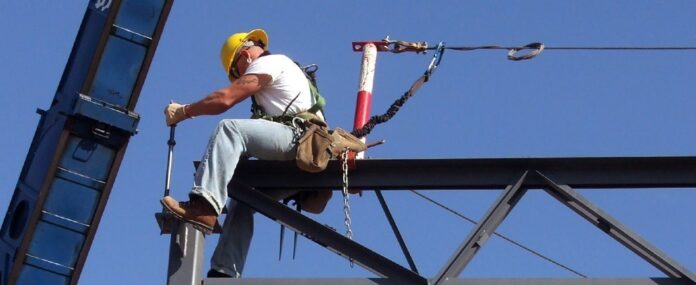An industry safety task force is kicking off an education campaign this week aimed at increasing the safety of tower climbers by urging them to tie-off 100% of the time.
Todd Schlekeway, executive director of the National Association of Tower Electors, called the campaign “an extremely high priority” for the organization, which is holding its annual conference this week in San Diego. NATE is one of the members of the Wireless Industry Safety Task Force.
A tie-off refers to attachment to the tower via safety gear, to provide protection against falls.
The campaign arose from a telecom safety summit in Dallas last fall, but is particularly timely given the four tower-related deaths so far in 2014 and the 13 deaths last year, which was a significant increase from the previous years. Tower work – and accidents – have increased as mobile network operators have been rolling out LTE networks that often require new equipment to be installed on top of towers.
The increase in deaths has not gone unnoticed by OSHA. A firm letter recently warned the tower industry that OSHA will be scrutinizing safety at cell sites, particularly making sure that sub-contractors are aware of safety laws and following them.
All four national wireless operators, three major tower owners and several large general contracting firms are supporting the campaign, along with NATE – a total of 23 entities in all. The education campaign will include announcements and contributions in industry publications and web sites, and through NATE’s social media connections as well as by working with state wireless associations.
“It’s very simple: you need to be tied off to the tower structure at all times,” Schlekeway said. “It’s the law. It needs to be adhered to.”
Schlekeway said that reasons behind not tying off 100% of the time range from not knowing it is necessary, to a lack of familiarity with fall protection equipment, equipment malfunction, or structural issues with the tower so that tying off on a portion of the tower that could hold a climber’s weight can be difficult. Additionally, he said, complacency can set in for experienced workers who are used to working at height.
Still, he added, “there is no excuse, ever.”
“It’s a myriad of issues, but it boils down to leadership on the tower site,” Schlekeway said. “Who is the competent person on-site who can inspect the site and ensure that everyone working on the site is prepared, trained and familiar with the equipment?”
The wireless industry safety task force that originated the campaign will continue to work on both skills-based training guidelines and standard requirements for employees, Schlekeway said, to “raise the bar on safety over time” along with the immediate push for tie-offs.

